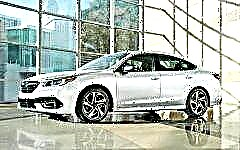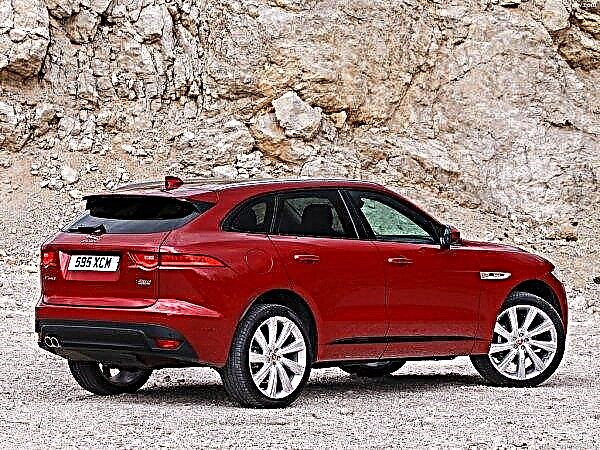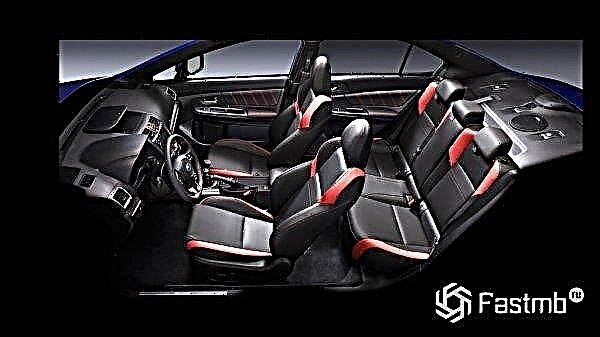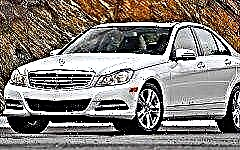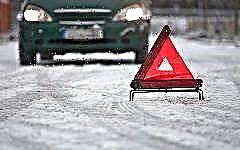

The content of the article:
- Preparing for winter in advance
- Changing your driving style
- Features in the operation of the checkpoint
- What to do if skidded
- List of additional recommendations
With the onset of winter, the situation on the road changes dramatically. Every day you have to warm up the car and clear it of snow, if any; choose a lower speed of movement to avoid skidding; pay more attention to the road, forgetting about mobile phones. What else do you need to know and do in order not to provoke an accident during winter driving? Let's figure it out together.
Preparing for winter in advance

First of all, you need to make sure that your vehicle is working properly. Summer tires change to winter tires as soon as the average air temperature drops below 5 degrees Celsius. This will help prevent summer rubber from hardening and losing its properties. And after the appearance of the first frosts and precipitation, one should completely forget about "summer", setting "winter" in advance.
In addition, when choosing tires, you should pay attention to the tread height, which should not be less than 4 millimeters. Try to install tires with the same patterns on cars, otherwise, when braking, you risk the car skidding to the side with a smaller tire tread.
In addition to changing tires, it is also recommended to change the oil for winter, as well as all fluids in the car, from the coolant to the fluid in the washer reservoir.
Untimely replacement of fluids will lead to the transformation of water into ice, and this already entails serious consequences in the form of failure of the cooling system and the engine itself with flooded water.
If you are driving a car with an old battery, charge and clean it before extreme cold.
Changing your driving style

After careful preparation of the car, you should start preparing mentally for winter driving. First of all, you will need to reduce your travel speed to 50-60 km / h if you drive exclusively in the city. If you travel at a higher speed, the car will not have time to make an emergency stop when required.
Moreover, the car can be skidded, and it will fly into the oncoming lane, into a ditch, or crash into a post. Therefore, it is better not to drive quickly around the city.
In winter, it is advisable to maintain a slightly greater distance from the vehicles in front. The vehicle may brake abruptly or skid, requiring an immediate response. Therefore, if the distance between you is insufficient, you run the risk of crashing into the car in front.
In case of insufficient visibility, when weather conditions make it possible to see only the nearest objects, it is recommended to drive the car at a speed equal to the relative range of visible objects... That is, if the visibility is 40 meters, keep the speed of movement 40 km / h, and in the event of an emergency you can quickly stop the car.
Avoid sudden movements while driving. It is also recommended to get under way more smoothly and evenly. This reduces the risk of wheel spin - and therefore the risk of sideways spinning.
A similar recommendation applies to the passage of traffic lights. The steering wheel turns without jerky, jerky movements. However, if the car starts to skid, all skill is required to turn the steering wheel in the right direction.
Features in the operation of the checkpoint

Some automatic vehicles are equipped with a winter mode. This innovation allows the car to move smoothly on the road, since the likelihood of tire skidding and slipping is noticeably reduced.
Smart use of the gearbox functions allows you to stop the vehicle faster. A smooth decrease in speeds from third to first helps to stop the car due to engine braking. This type of braking is safe in itself, as the driver only needs a little assistance with the brake pedal.
However, engine braking is possible with a mechanical gearbox. It is unsafe to use gear shifting for braking in an automatic transmission due to the risk of the vehicle being driven off the road.
What to do if skidded

If this is your first winter driving, you will worry even if you know all of the above rules. Therefore, if a skid occurs, there is a risk of incorrect actions due to excitement and panic.
Try not to make unforced mistakes by operating the car carefully and slowly. Forget about rear-wheel drive cars, as their use in winter is very dangerous. When the rear side of the car skids, the steering wheel turns in the direction of the skid, which should help align the car. If the front part is skidded, experts recommend increasing the speed.
However, when the speed is already high, increasing it even more may not help, so it is better to act in a different way. You should brake in several stages, periodically pressing the pedal. A sharp and deep press will only aggravate the situation, provoking an even greater skid.
Yes, some "iron horses" are equipped with an ABS system designed to assist in braking on slippery roads. It really prevents the wheels from locking up during braking so that drivers can steer the car around obstacles. But at high speed, no system will help you to brake sharply.
List of additional recommendations

What else can reduce the risk of road accidents in winter:
- No "super smart electronics". Yes, its presence can significantly facilitate life behind the wheel, but in winter it is advisable to refuse it. On a slippery road, stabilization systems will be of little use.
- Cleaning the entire car. Many car enthusiasts are too lazy to completely clear the car of snow, limiting themselves only to glass, headlights and mirrors. It is also recommended to clean the upper part of the car so that during the movement the formed snow does not melt, and the snowdrift does not crawl onto the windshield, limiting visibility.
- Do not use mobile phones without headphones. In general, talking on the phone while driving should not be done at all seasons, as this reduces alertness. In winter, on slippery surfaces, all attention is paid to the road, so the phone should be put aside. Or use a headset.
- Getting rid of outerwear. Bulky outerwear will restrict movement, and hats will not allow you to hear the situation on the road optimally. Yes, and it is inconvenient to sit behind the wheel in a bulky coat or down jacket.
In conclusion, I would like to note again that attentiveness and low speed significantly reduce the risk of getting into an accident. Therefore, pay full attention to the road, brake smoothly and in advance when driving through intersections and do not accelerate the car to maximum speeds. Better to arrive slowly but with integrity.





